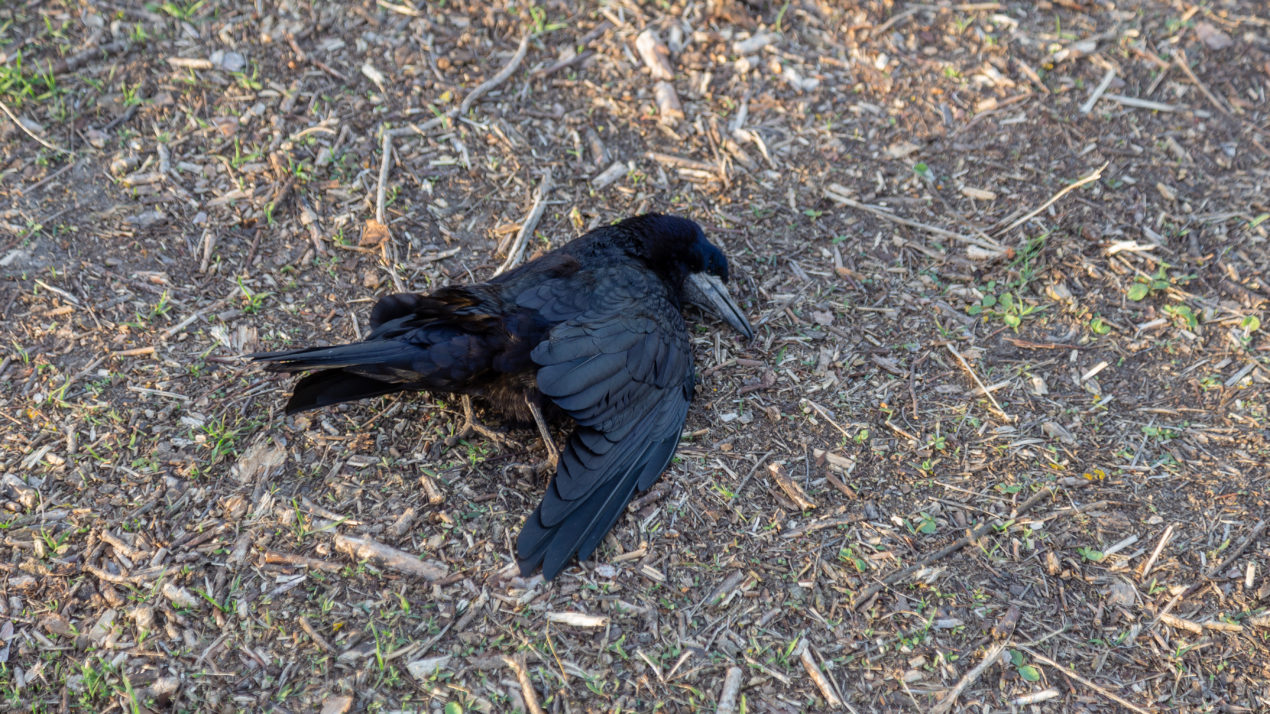
So far, there’s no new detection’s of avian influenza in Wisconsin’s domestic bird population, but now more emphasis is being shifter to our wild bird populations.
On Wednesday during a briefing with staff from both the Wisconsin Department of Agriculture, Trade and Consumer Protection, as well as Department of Natural Resource officials, focus shifted to encouraging the general public to pay attention to wild birds that might become infected and die.
The DNR asks the public to email or call with reports of waterfowl, waterbirds, raptors (especially bald eagles) and avian scavengers such as crows, ravens and gulls showing tremors, circling movement or holding their heads in an unusual position. These symptoms may be a sign of HPAI.
These reports can be made to the DNR Wildlife Hotline by emailing [email protected] or by leaving a voicemail message for a return phone call at 608-267-0866.
Anyone who observes sick or dead birds should minimize contact with them. Do not touch dead birds or wildlife with your bare hands. If you have to touch a dead bird, wear gloves or use a plastic bag to put it in the garbage. Wash your hands with soap and water after handling and throw away any gloves.
Avian influenza is caused by a virus that is common in wild birds, especially waterfowl and shorebirds. There are many different subtypes of avian influenza, and most do not cause obvious signs of disease in wild birds. Waterfowl often carry avian influenza viruses naturally without causing disease, but there have been rare strains, such as EA H5N1 HPAI, that can cause disease in some wild birds or other animals. Whether a strain is classified as low or highly pathogenic depends on how lethal it is to domestic poultry.
In general, upland birds such as wild turkey have behaviors and prefer habitats that make them less likely to encounter avian influenza viruses in the wild. Spring turkey hunters can find safety and precautionary information on the USDA website. This strain of HPAI also does not pose a food safety risk; properly handling and cooking harvested birds to an internal temperature of 165°F kills the virus.
More information on Avian influenza viruses and the ongoing response to this HPAI strain can is available on the DNR’s wildlife diseases webpage. The DNR will continue to update the website with any future HPAI findings in wild Wisconsin birds.

